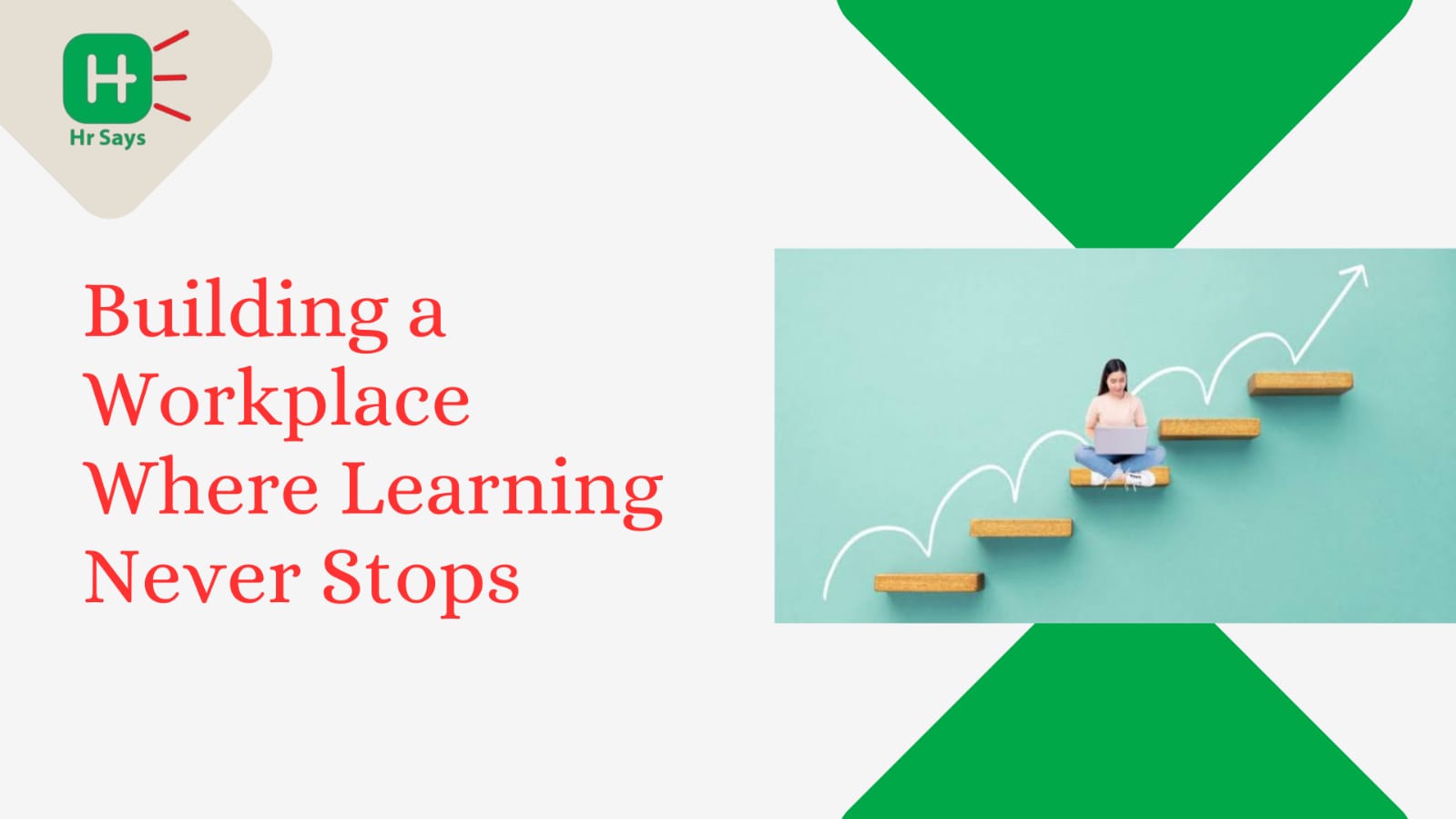How can a workplace remain relevant in times of constant change? Continuous learning is usually the way out. Growth is natural when learning is incorporated in the culture. The employees are engaged, their skills develop and the organizations change easily.
Why Continuous Learning Matters
The needs in every work environment change. The technologies change, industry trends, and customer expectations change overnight. An organizational culture of learning also makes sure that teams are ready to react. Continuous learning of new skills is not only it, but also about creating an attitude to remain flexible.
● Keeps employees engaged and curious
● Builds resilience during uncertain times
● Strengthens professional confidence
● Creates pathways for innovation
Key Elements of a Learning Culture
Before a culture of learning can thrive, the foundation must be clear. It is not built overnight, but it can be nurtured steadily.
Leadership Support
Leaders play a crucial role. Their openness to learning signals that growth is valued. When managers encourage upskilling, employees follow.
Access to Resources
Employees should find learning resources easily. Whether through online platforms, workshops, or peer sessions, knowledge must be accessible.
Encouragement of Curiosity
Questions should be welcomed, not ignored. A curious team finds solutions faster. Curiosity
leads to exploration and improvement.
How to Nurture Daily Learning
Learning must become part of daily habits, not just annual training events.
● Short knowledge-sharing sessions during meetings
● Internal discussion groups for problem-solving
● Encouragement of cross-functional projects
● Flexible learning formats like micro-courses
When learning feels natural, it becomes effortless. Small steps every day create bigger change
over time.
Overcoming Barriers to Learning
Even with the best intentions, barriers exist. Time, workload, and lack of motivation can stand in
the way. A culture of learning addresses these challenges directly.
Reducing Time Pressure
Short learning sessions can replace long, draining workshops.
Linking Learning to Growth
Employees invest more when they see personal benefits. Career growth tied to skills motivates
participation.
Rewarding Efforts
Recognition for effort matters. Celebrating learning milestones shows that progress is valued.
Conclusion
A workplace where learning thrives is not built by rules alone. It grows from consistent efforts,
supportive leadership, and curiosity. Change is constant, but a culture of continuous learning
keeps organizations prepared for tomorrow.

 A culture of continuous learning builds adaptability and growth in organizations. Through leadership support, accessible resources, and daily habits, workplaces can overcome barriers and foster curiosity. Small, steady steps ensure that learning never stops.
A culture of continuous learning builds adaptability and growth in organizations. Through leadership support, accessible resources, and daily habits, workplaces can overcome barriers and foster curiosity. Small, steady steps ensure that learning never stops.












.jpeg)
.jpeg)

.jpeg)

.jpeg)


.jpeg)

.jpeg)

.jpeg)


